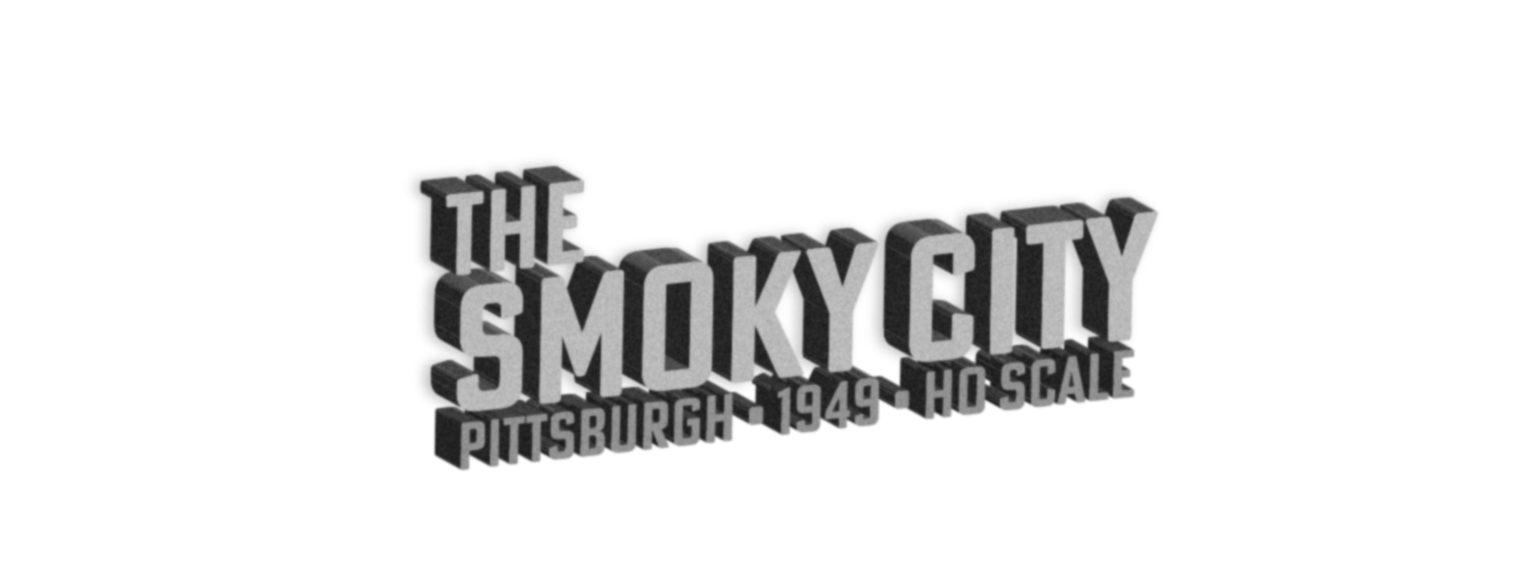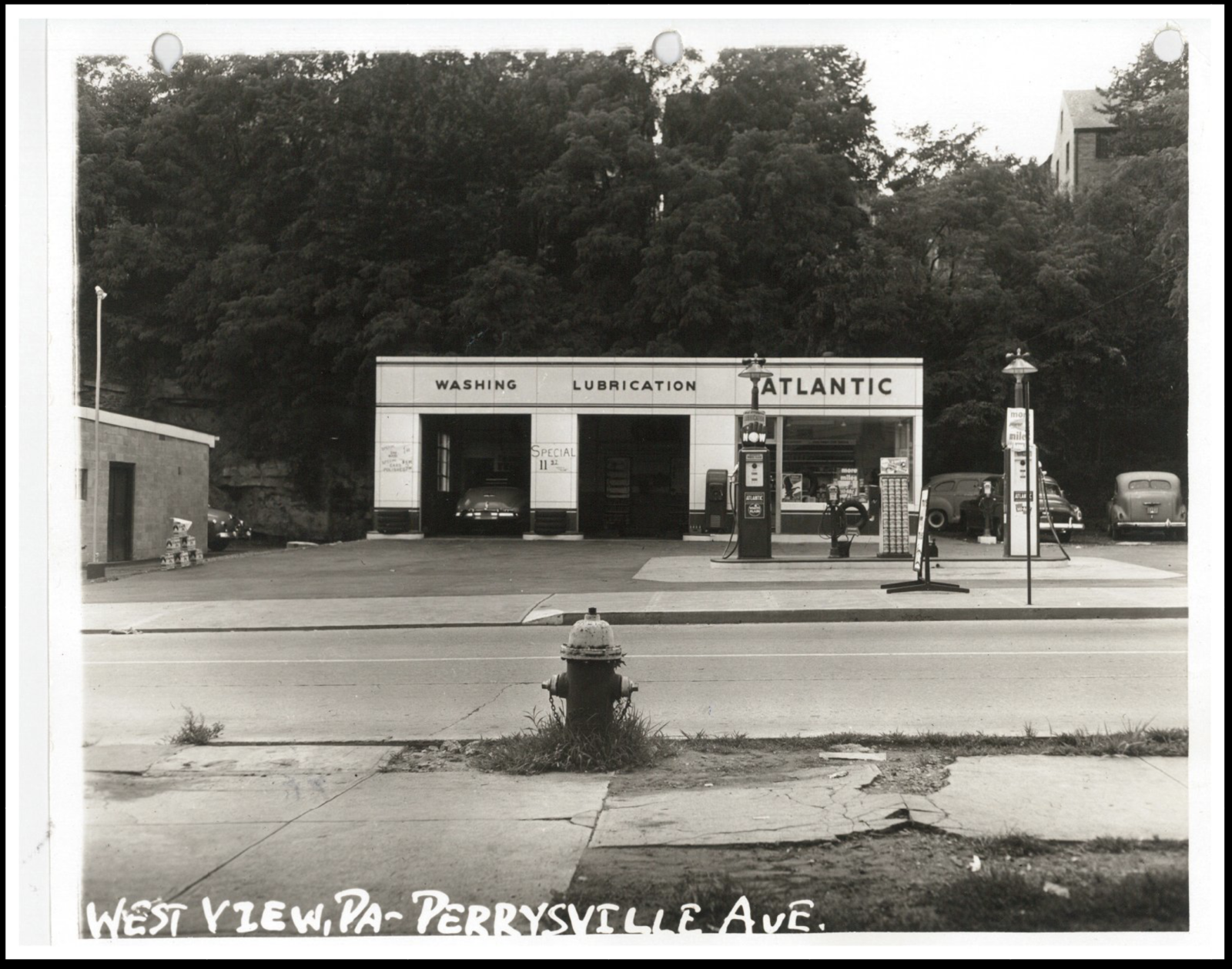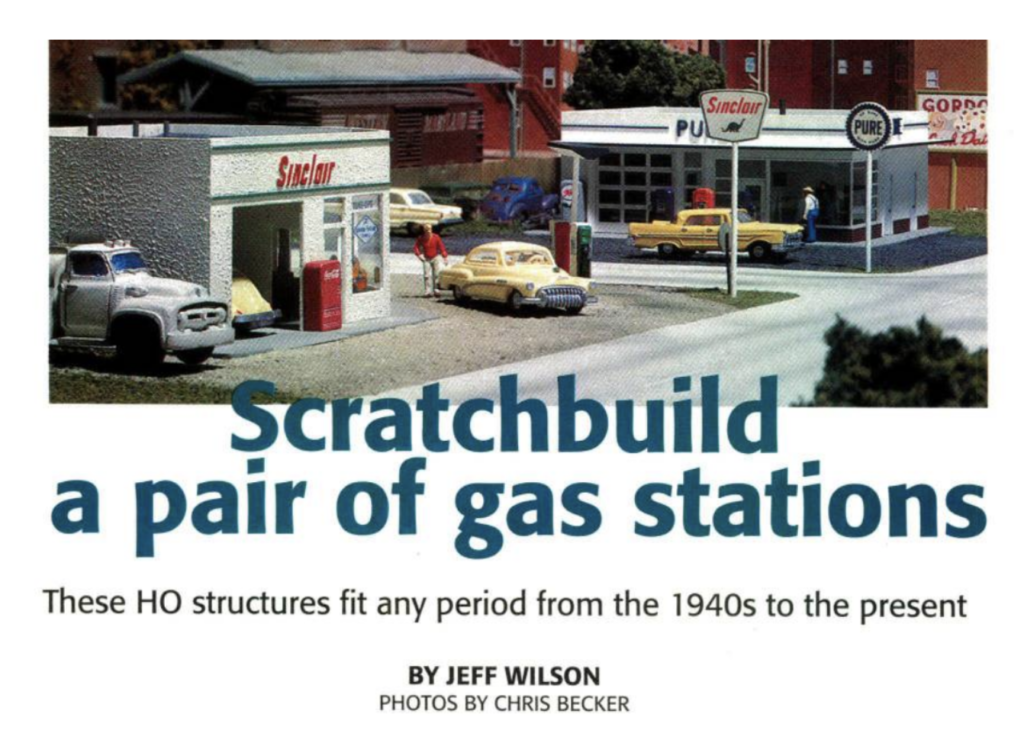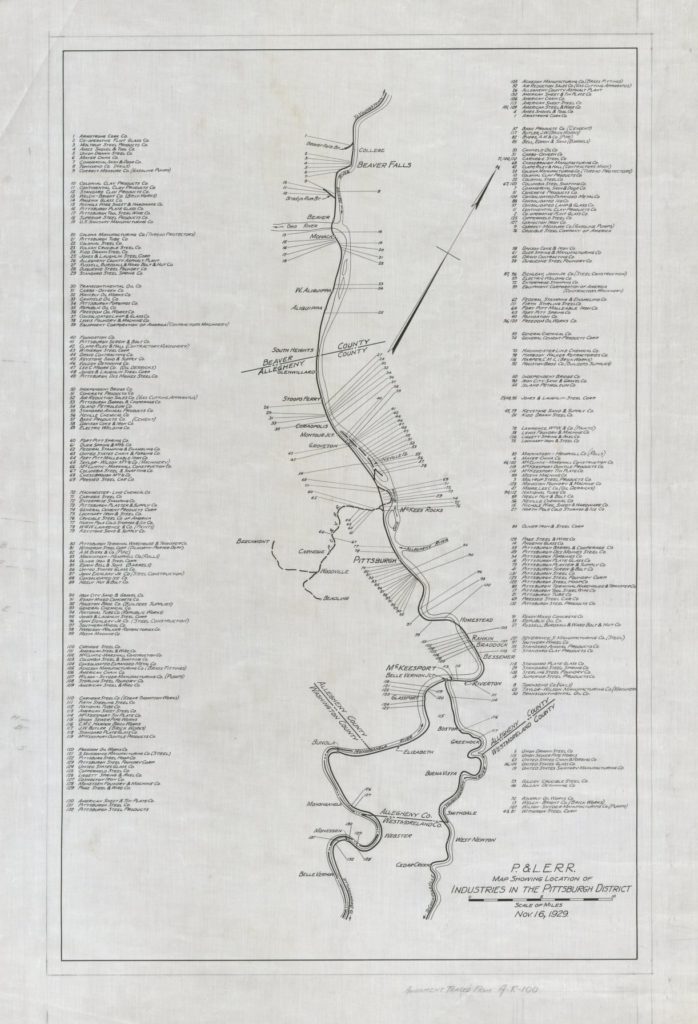While refining the front and back boundaries of the layout scenes using the above diagram, I gave some thought to which scenes will depict the Monongahela River and which ones won’t.
In Homestead, Rankin and McKeesport, the tracks move away from the river as they go around the steel mills. This means that within the boundaries of my scenes, the river would be far enough away that it won’t be modeled in those scenes.
From West End to Hays, just the southern shore of the river will be modeled, along the front edge of the layout. At Hays, it will exit the scene on the front of the layout, and won’t be seen again (south of there) until the bridge between Homestead and Rankin. The river will enter the scene at a slight angle from the front of the layout, pass under the bridge, and disappear into the background. The river crossing is the smaller of two scenes that could potentially feature ship, boat or barge models.
In Rankin, the river will be blocked from view by Carrie Furnace, and the tracks get close to the river again between there and Braddock, before pasing behind Edgar Thomson Works.
Somewhere in …






